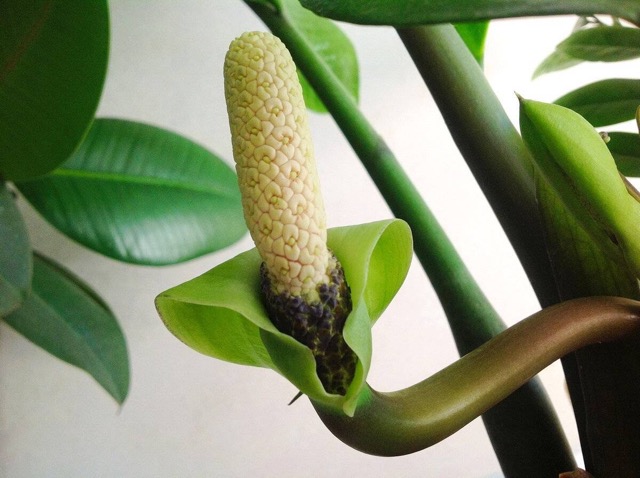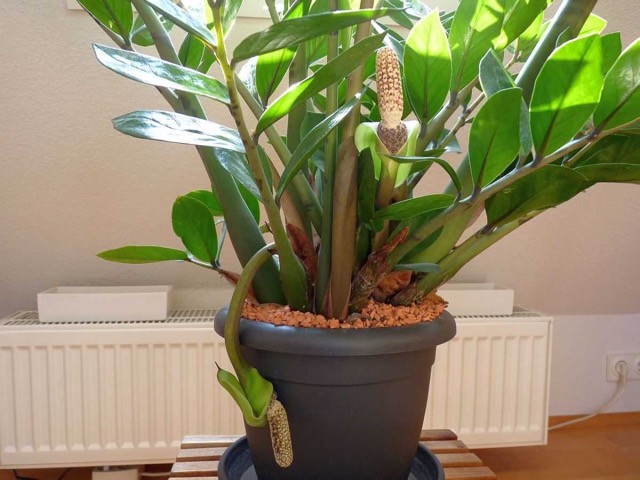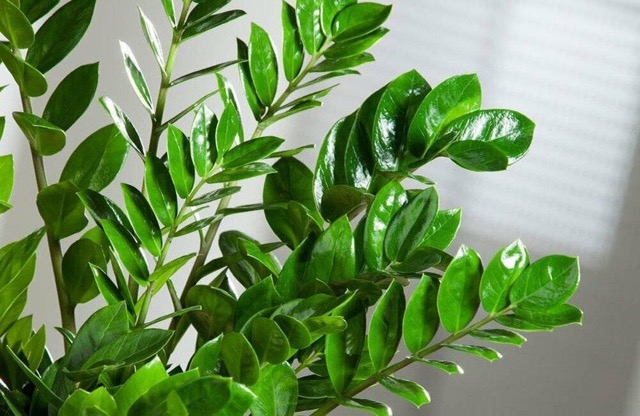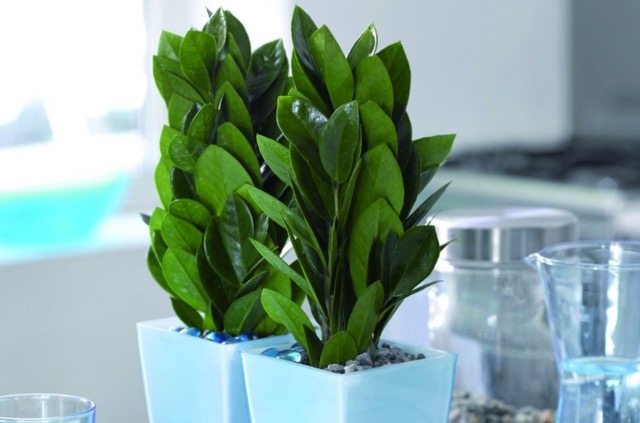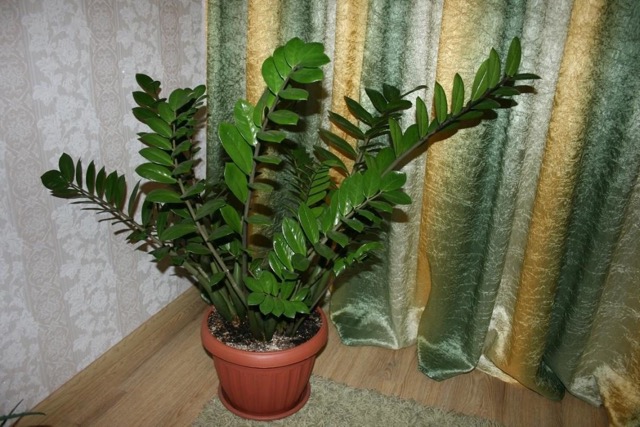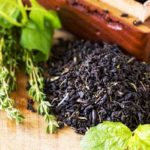Let's talk about a decorative African flower - zamioculcas, which is popularly called the dollar tree. Let's consider what diseases and pests this plant is susceptible to. Let's discuss the most dangerous diseases and pests that can destroy this unpretentious plant. Let us immediately note that with proper care, this crop develops well thanks to its enviable natural immunity.
- Features of keeping Zamioculcas (dollar tree)
- Possible causes of death of the Zamioculcas plant
- Diseases dangerous for zamioculcas (dollar tree)
- Zamioculcas trunk diseases
- Zamioculcas tuber diseases
- Zamioculcas leaf diseases
- Pests dangerous to zamioculcas (dollar tree)
- Treatment of diseases and pests of zamioculcas
- Zamioculcas (Dollar Tree) care tips to prevent disease and pests.
Features of keeping Zamioculcas (dollar tree)
Zamioculcas is easy to breed at home. It requires little maintenance as it is tolerant of dry climates and can thrive in both full sun and partial shade. The recommended temperature for Zamioculcas is 10-30 degrees Celsius.
The flower does not require constant watering and can survive in dry soil. The ideal place for him in the apartment would be a south window. Lack of light will not lead to the death of the plant, but may affect the quality of the leaves and decorativeness. In the warm season, it is recommended to often take the dollar tree out onto the balcony.
The choice of substrate for zamioculcas should be light and not clayey. Stagnant water can harm the flower, so gardeners plant it in loose soil with a sandy base. To ensure drainage, place a layer of expanded clay or pebbles in the pot. Ornamental plants can live even in poor soil, but if you feed them, the results will be visible in the near future.
Zamioculcas is replanted when it is necessary to increase the volume of the pot. When transplanting, the roots are not buried deeply, but are left slightly open. Proper care for Zamioculcas includes bright sunlight, a warm environment and limited watering.
Possible causes of death of the Zamioculcas plant
For the successful development of Zamioculcas and maintaining its attractive appearance, a little effort is required, but due attention must be given to it. If signs of the disease are noticed, immediate action must be taken. The plant may die from freezing or waterlogging.
If a dollar tree freezes, its roots must be saved.The dead part of the flower should be trimmed off. In this situation, Zircon can provide assistance. In case of too much watering, you should not wait for the moisture to evaporate. The roots of zamioculcas are destroyed by waterlogging, and, as a result, it is recommended to immediately transplant the plant into a new container.
Diseases dangerous for zamioculcas (dollar tree)
Sometimes there are cases when an ornamental plant grown at home begins to dry out, turn yellow, stop growing or die. Often the cause of these problems is zamioculcas disease.
Zamioculcas trunk diseases
One of the common ailments of zamioculcas is stem rotting. The root of the problem is excessive watering, cold and incorrectly selected soil. If there is excessively dense and clayey soil, and there is no drainage system, the water stagnates and the plant begins to rot.
In this case, environmental conditions should be normalized, including temperature and watering. It is necessary to remove the plant from the container and perform health procedures with a fungicide. Then gardeners transplant the flower into a new one or disinfect the old pot. If the flower is seriously damaged, it may need to be disposed of.
Zamioculcas tuber diseases
Diseases of zamioculcas tubers can occur due to errors in watering. If the roots are dry, this indicates a lack of moisture. When the decorative plant has rotted, this indicates excessive watering. In such a situation, the plant is replanted, removing all affected fragments. For replanting, it is recommended to use a special substrate, such as desert soil for cacti. If the tubers have not rotted, but have turned black, this indicates that the roots are old. At the same time, white roots indicate the development of a fresh root system.
Sometimes the roots of a flower may not rot, but become stained. This is often due to incorrect irrigation frequency. It is also worth considering that using cold water for irrigation leads to diseases. Therefore, preference should be given to warm water and use it half as often.
Zamioculcas leaf diseases
With leaf diseases, gardeners observe a white coating on the leaves, which begin to dry out and then completely curl. These problems can be caused by a lack of moisture or, conversely, excessive irrigation with cold water, or incorrect temperature conditions.
When only five percent of the leaf bush has turned yellow, then most likely this is a normal process due to the age of the flower. However, if the entire branch has turned yellow, this is a sign of errors in care or pest damage. Spotting can be of different nature:
- Dark spotting is often caused by over-irrigation. Diseased leaves should be removed, and the root system should also be checked for the presence of rot.
- Spotting in the form of brown spots appears in autumn and winter when the flower is exposed to freezing or exposed to a draft.
- Sticky spotting often occurs when pests are present. This causes soot fungus to appear on the plant.
Pests dangerous to zamioculcas (dollar tree)
Parasites that can pose a threat to a flower can enter it through contaminated soil or other plants. That is why you should quarantine Zamioculcas for two weeks, putting it in a separate room. When a parasite appears on a flower, it should be removed from other plants and treated separately.
The most common dollar tree pests are:
- Shield. The pest is not difficult to detect on Zamioculcas due to its shell and brown color. The insect sucks the juice of the flower, which leads to the appearance of black spots and drying out of the plant. Before starting treatment, the parasite is first removed mechanically.
- Mite. This small pest is easily visible on the green parts of the dollar tree. It envelops the leaves in cobwebs. Eliminating mites requires mechanical action: wiping the leaves with cotton swabs soaked in alcohol. Cobwebs can be removed with a cotton swab.
- Mealybug. By parasitizing the foliage, the insect causes its deformation. The insect sucks the juice of the flower. You can remove the insect by washing the flower with laundry soap and treating it with a chemical.
- Thrips. A white coating and curvature of the shoots indicate that Zamioculcas is affected by this insect. It is recommended to isolate the exotic flower from other indoor plants and treat it with special chemicals.
Treatment of diseases and pests of zamioculcas
If a plant is affected by disease, the gardener needs to try to preserve its surviving parts. A new flower is created from the remaining fragments. Healthy parts of the root need to be planted in new soil. Intact leaves can be placed in water to develop the root system.
Curled foliage may be a sign of a pest attack. Zamioculcas should be carefully examined and measures taken to combat the parasite. Frostbitten foliage should be trimmed. After this procedure, new healthy leaves may appear.
Various fungicides can be used to treat zamioculcas as directed, including:
- "Maxim" - effective against rot and red burns;
- "Fitosporin" - fights fungal infections well;
- "Fundazol" - effectively resists fungal spores;
- “Hom” - to combat brown spots and bacteriosis;
- "Khinozol" is an effective antibacterial agent.
However, problems with the plant can be solved with the help of folk remedies. For example, to eliminate rot, you should remove and trim the plant, and then treat the cut areas with wood ash or cinnamon.
To get rid of whiteflies, you can wash the plant with a special soap purchased at the pharmacy. To get rid of parasites, you can also wipe the foliage with an alcohol solution and wash the plant using laundry soap.
Zamioculcas (Dollar Tree) care tips to prevent disease and pests.
To ensure the health and beauty of the plant, gardeners follow several tips for caring for and preventing diseases and pests. After treating the plant with insecticides, you need to protect the soil by covering it with plastic film. A day later, when the chemicals are washed off with water, the flower is isolated from the penetration of harmful substances into the root system. To do this, you can re-coat the substrate.

